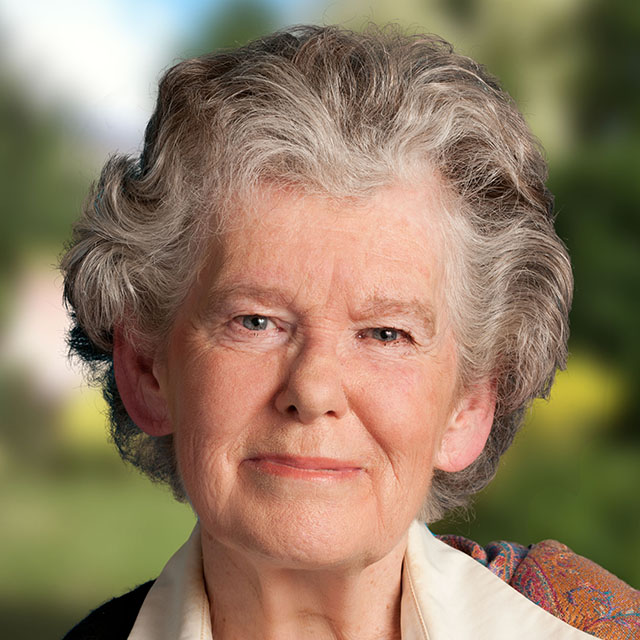
This is a framework of five fields of understanding rooted in various wisdom traditions; I have simply drawn together many ancient and long-used thoughts. [1]
The first field is to appreciate that the way each of us sees the world is ‘a’ and not ‘the’ way. It sounds so simple but is, as we all know, very hard to sustain.
The second field is appreciating the self – understanding one’s capability, strengths, vulnerabilities, what makes one tick, one’s values. ‘Know thyself’ is probably the most ancient advice and is a prerequisite for understanding other people. We can take this appreciation at any pace and to any depth we choose, knowing the self is never complete – it is key work of the personal journey.
A way of thinking of this field is from the Greek philosopher Plotinus:
Withdraw into yourself and look. And if you do not find yourself beautiful yet, act as does the creator of a statue that is to be made beautiful; he cuts way here, he smooths there, he makes this line lighter, this other purer, until a lovely face has grown upon his work. So do you also… never cease chiseling your statue.
Understanding the self is incomplete without the third field that is appreciating how others see us. Do they see us as someone who listens? someone who hears? someone who views? someone who sees? is patient? impatient? strong? confident? Without an honest acceptance of the understandings from this field, our understanding of ourselves will always be limited and incomplete.
One key link between these two fields is that we all tend to judge ourselves by our intentions while we judge others by their actions. And so we are both harsher and more forgiving of ourselves than we are of others. And the clincher is that other people do the same, they judge us not by what we intended to do – or not to do – but by our actions.
The fourth field is appreciating the other – where are they ‘coming from’, have we ‘walked a mile in their moccasins’? When we think we have put ourselves in their position, have we really or have we put ourselves in what we believe to be their position? The other has changed and continues to do so as society changes. For instance the other is now more likely to have an agenda and the power and technology to achieve it, to have views and values they are determined to see fulfilled.
There are significant differences in the other as seen from a ‘guardian’ and a ‘commercial’ perspective, as Jane Jacobs termed them. To oversimplify, the guardian is less likely to appreciate the agenda of the other, and more likely to assume he or she knows what it ‘should be’. Sensing, imagining the agenda of the other, is a key ‘trader’ or ‘commercial’ skill.
The link to this field is through empathy and imagination. As Adam Smith said, it is in our self-interest to know the other, but the only way to do that is through imagination. Here is a nineteenth-century phrasing of the same point, by Georg Simmel:
Competition compels the wooer….to go out to the wooed, come closer to him, establish ties with him, find his strengths and weaknesses and adjust to them….competition achieves what usually only love can do; the divination of the innermost wishes of the other, even before he himself becomes aware of them.
The fifth field is what we discern in the world and this is shaped by our capability; as it grows and makes the transition from one perspective to another so we see more complexities, more shades of gray, more opportunities and challenges. In this field we need the courage to see the world as it is and not as we would wish it to be, and we need also to guard against what have been called ‘memories of the future’ – assumptions that the future will turn out as we expect and hope.
© Gillian Stamp
- The five fields idea has been much influenced by E. F. Schumacher, 1977, A Guide for the Perplexed, Jonathan Cape and by M. Milner, 1934, A Life of One’s Own, Chatto and Windus.

